Marketing to Gen Z Requires Ultra-Personal Approach
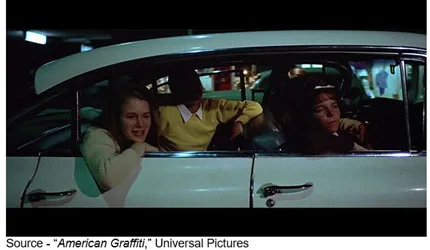
Businesses try every trick in the book (and some that aren’t in the book) to convince millennials to buy stuff.
They’re a logical prospect because, well, just because.
After all, they’re in the prime of debt (we mean life), are working (have money), have a big mortgage and a student loan cloud over them.
Of course, they also work diligently trying to put money away for the kids’ education and stash what’s left over for their retirement.
The downside is that every day, 10,000 of them slide “over the line” and become boomers (old).
You know the fast-downhill slope where they discover they’ll probably have to work a few more years to pay off the mortgage, pay off their student loan, come into some extra money to spend because their kid(s) graduated and are – hopefully – out of the house.
We’re not saying ignore them but perhaps place more emphasis/focus on teens because they’ll be earning and spending money longer than their folks.
OK, you can cast your marketing net to draw in customers from both generations, but it requires different messages and different marketing channels.
Often referred to as Generation Z, these folks were born between 1998-2010 and they’ve known nothing but unparalleled access to technology.
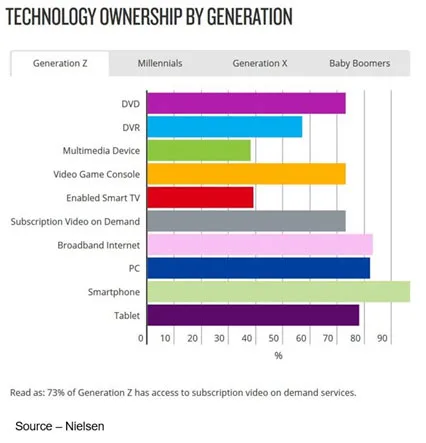
Many have had smartphones since elementary school; or, if parents forced them to wait, at least middle school.
They can’t envision a world without high-speed internet, laptops, touchscreens, Wi-Fi everywhere, social media and instant access to the latest unfiltered news.
This is probably why publications like BuzzFeed are so successful. They deliver news, reviews in an engaging manner with lots of pictures, short sentences, short news capsules.
Once they get the gist of the story, Gen Zers move on to something new.
Thanks in a large part to being constantly connected to our technology and the volumes of information, materials the brain receives, it is constantly working to filter, capture, digest.
Nearly everyone has a difficult time shutting down and walking away from their devices whether in meetings, in class or on the beach. Research by GfK found that over a third of Internet users around the globe have a hard time disconnecting from technology.
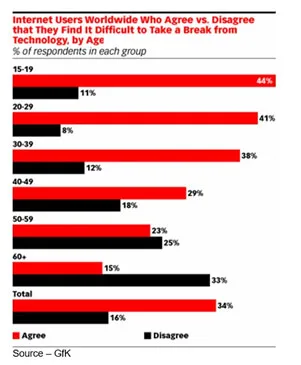
Gen Z users find it most difficult.
They check the device (usually smartphone) when they rise and throughout the day … just in case they might miss something.
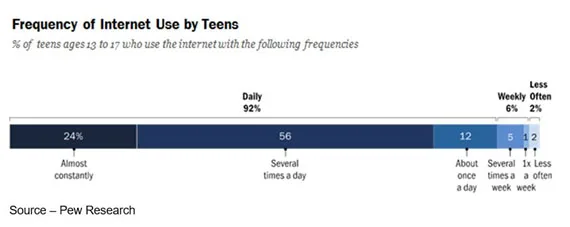
While older people find it a little easier to give up their technology, especially if they were worried about privacy, that’s less of a concern with teens.
GfK found only 15 percent of 18- to 24-year-olds would end device use out of privacy concerns. When it comes to privacy and security, they are similar to older generations … they seldom change passwords and when they do, from one site to another they are remarkably (and predictably) simple/similar – 1,2,3,4,5,6; 6,5,4,3,2,1; A,B,C,D,E,F; F,E,D,C,B,A.
If you want to reach Gen Zers, the obvious thing to do is go where they go … first!
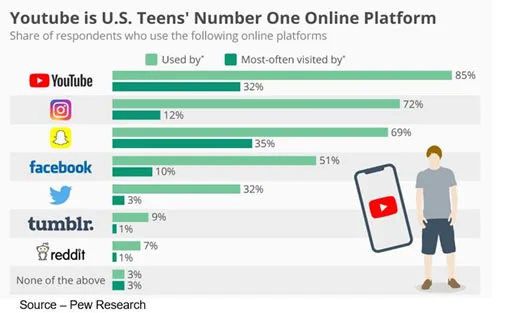
Yes, they are the “YouTube generation” and they’re visual first.
Marketers need to catch up with their selection process.
Study/analyze what they do and mirror it to reach them.
With today’s massive information (and advertising) overload, the brand-consumer relationship is difficult to achieve and maintain.
In our mobile-first, visually rich, social and digital world; Gen Zers expect flexibility, authenticity and consistency in every brand interaction, according to a report by Monotype.
 They take photos … lots of them.
They take photos … lots of them.
With so much going on in “their” worlds, speed is of the essence.
According to the National Center of Biotechnology Information, the average attention span of a person is eight seconds, compared to 12 seconds in 2000.
The challenge for marketers is to get the online viewers’ attention quickly, deliver their message and quickly give viewers a reason to buy or at least stick around for a little while, since even goldfish have a longer attention span today.
Unfortunately, that’s one-second more than your child has, which might explain why it wasn’t long after begging for one, they helped flush it away.
As digital natives, Gen Zers have higher expectations for the content they view and quickly read; and they expect that to carry over to the brands they consider and purchase.
According to the Monotype report, the key reason for leaving a brand or product is poor first impression. This is followed – very closely – by a poor product experience, especially with service and support.
They understand and appreciate consistency so create a uniform, recognizable experience across all touchpoints, starting with your brand’s type, the language in which every message appears.
Your best customers are brand advocates and influencers.
As a marketing side note, treat them as your most expert consultants and content creators. Your audience will understand and appreciate the consistency.

The marketing key words/phrases and static/dull images won’t work. Use images/words they can attach value to rather than your features, your benefits.
Also look for opportunities to identify and work with your influencers/advocates. Remember, they’ve grown up in an era of Snapchat, Instagram and constant connectivity.
Traditional ad campaigns won’t disappear, but marketing needs to focus on expanding their horizons and the possibilities by featuring user-generated content (UGC).
Consumers of all ages want to see real people and read genuine reviews before they’re ready to commit, and this is especially true of teens/tweens.
According to eMarketer, 68 percent of Gen Zers and 53 percent of older consumers say they are more likely to buy a product after seeing it featured in an image provided by a real customer.
The focused approach is not only cost-effective but can help build your team of brand advocates.
Create shareable branded content and leverage chatbots. The mobile messaging space is perfectly suited for the hyper-personal, relevant outreach that people expect.
eMarketer reported that 90 percent of consumers want to use messaging to communicate with brands.
In addition, there are other equally effective ways for companies to tell their stories and engage teens (actually all ages) that are beginning to gain traction with marketers and smartphone users.
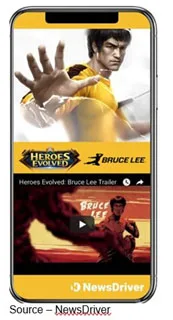
News Driver is one of the new breed of marketing/PR tools that enables companies to deliver mobile-first stories to a carefully selected social media market.
Unlike news/press services, it allows companies to develop a message that meets mobile device users needs – educational, informational, entertaining and targeted.
One of the best examples we’ve seen from them was the Heroes Evolved example above.
In six full-screen panels, it included video, images and a direct call-to-action that kept the viewer involved.
And it can be tailored to work for virtually any product, any audience – consumer and B2B.
Then, it can be precisely targeted for specific social media delivery.
Marketing communications efforts like this to a well-defined prospective audience almost seems like an invited message for the individual, so it’s interesting rather than intrusive.
Marketers must take advantage of tailored solutions like this but not abuse them or they won’t be “invited back.”
Keep in mind they were born/raised on digital … and they know how to use it!
Constantly monitor and measure brand equity.
Consumer acceptance and disapproval move rapidly today.
Live with the fact that what people want today might not be the case tomorrow.
True, unlike their older counterparts, it is more difficult for them to walk away from their technology.
Similarly, they are the world’s first generation of truly digital natives and have developed their own set of characteristics, mannerisms and trends.
 And just when you figure you’ve got them figured out, just remember what Debbie Dunham said, “it only took me one night to realize if brains were dynamite you couldn’t blow your nose.”
And just when you figure you’ve got them figured out, just remember what Debbie Dunham said, “it only took me one night to realize if brains were dynamite you couldn’t blow your nose.”
It won’t be long, and they’ll be running things and you’ll be … old!
# # #